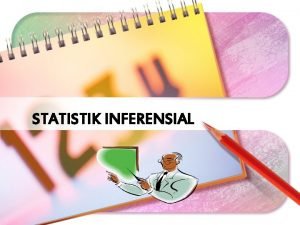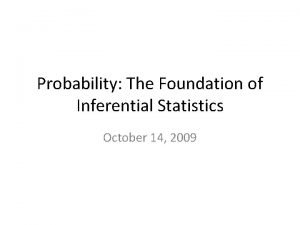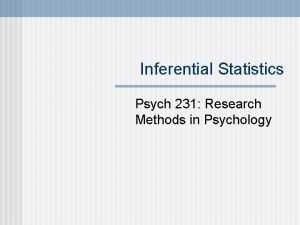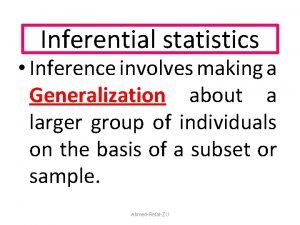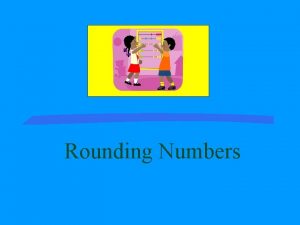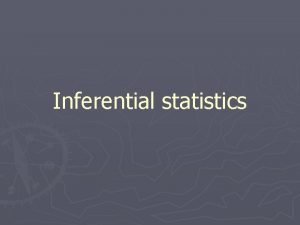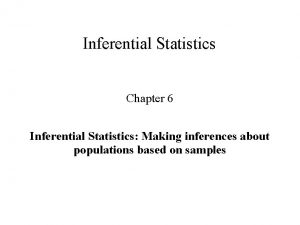Advanced Higher Geography Statistics Inferential Statistics 4 Nearest






- Slides: 6

Advanced Higher Geography Statistics Inferential Statistics 4: Nearest Neighbour Analysis Ollie Bray – Knox Academy, East Lothian

Introduction Ø Settlements often appear on the map as dots. Dot distributions are commonly used in geography, yet their patterns are difficult to describe. Ø One way in which patterns can be measured objectively is by nearest neighbour analysis. Ø It can be used to identify a tendency towards clustering or dispersion for shop, industries, settlements, etc. Ø Nearest neighbour analysis gives a index that enables one region to be compared with another.

Formula Rn = 2Ď √(n/a) Rn is the nearest neighbour index. D = the average distance between each point and its nearest neighbour n = the number of points under study A = the size of the area under study Ď =∑d / n Where d is the distance between each point and its nearest neighbour

Ø The formula produced by the nearest neighbour analysis produces a figure expressed as Rn (the nearest neighbour index) which measures the extent to which the pattern is clustered, random or regular. Clustered: Rn = 0 All the dots are close to the same point. Ø Random: Rn = 1. 0 There is no pattern. Ø Regular: Rn = 2. 15 There is a perfectly uniform pattern where each dot is equidistant from its neighbours. Ø

How to undertake a nearest neighbour analysis The area of the study must have a minimum of 30 points (settlements, shops, plant species, etc) Measure the straight line distance between each point and its nearest neighbour. Ø Total all of the distances measured above (∑d/n). This is Ď in the formula. Ø Calculate the total area of your study area. Ø Fit your calculations into the formula to calculate (Rn) Ø

Using the Rn number, refer to the diagram below to determine how regular or clustered the pattern is. ©Learning and Teaching Scotland. From Geographical Measurements and Techniques: Statistical Awareness, June 2000.


